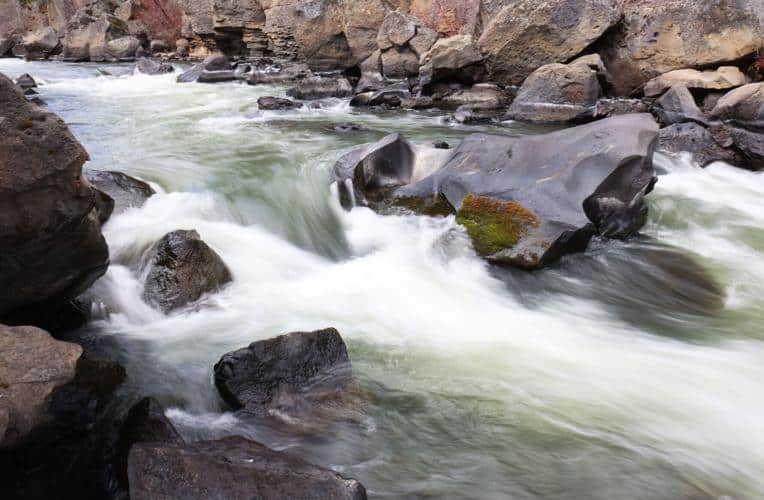This article was published on: 04/13/23 2:32 PM
By Michael Kohn
For the first time in two years, Oregon is free of the most serious levels of drought, according to the U.S. Drought Monitor map released last week.
Eighty-seven percent of Oregon is considered abnormally dry or in moderate, severe, or extreme drought. But no area is suffering from “exceptional drought,” the most serious of the four drought categories. The last time Oregon was free from exceptional drought was in late March 2021.
Lower drought levels could portend a slightly better growing season for farmers and ranchers in Central Oregon. In recent years growers have slashed the number of acres planted due to the severe water shortages. A landscape that contains more moisture also helps to reduce the threat of wildfire in summer.
“Things look a whole lot better this year than they did last year, that’s for sure,” said Phil Fine, a North Unit Irrigation District farmer who specializes in carrot seed, grass seed and wheat and grain hay. “I would say we have turned a corner of sorts.”
Crook County has consistently been the worst-affected county in Oregon in terms of drought. The entire county is currently under “extreme drought” conditions, the third-highest level on the Drought Monitor Map.
While the current drought level is challenging for Crook County residents, it’s an improvement over a year ago, when the entire county was under exceptional drought conditions.
The reduction in drought comes in the wake of a series of winter storms that have sent snowpack levels well above average in Central Oregon. As of Tuesday, snowpack in the Central Oregon Cascades and Crooked basin was 171% of normal, and precipitation for the water year was 93% of normal.
Despite the easing of drought conditions, there is mixed data when it comes to Central Oregon’s reservoir levels. As of Tuesday, Wickiup Reservoir was 67% full, an improvement over the same time a year ago, when it was 54% full.
The slight improvement will allow Jefferson County farmers to receive a better water allotment this year compared to a year ago. This year the allotment for North Unit Irrigation District patrons is 0.7 acre-feet, which is better than the 0.45 acre-feet a year ago, but small compared to the 2-acre feet from nondrought years.
But flows are steadily increasing in both reservoirs and, Jeremy Giffin, Deschutes Basin watermaster, anticipates a quick turnaround from current levels.
“The exciting reservoirs to watch are Prineville and Ochoco as the inflows are very high right now, but nobody knows for how much longer the snowmelt will provide these high flows,” said Giffin in an email. “We are optimistic Prineville reservoir can fill to over 100,000 acre-feet (about 67%) before the snow is gone out of the Ochoco and Maury mountains.”

Giffin said the increased snowpack will boost the natural flow of streams and rivers, particularly the Little Deschutes River. But he cautions that drought conditions will linger into the summer.
“What we really need is multiple years of snowpack at these levels,” he said,
The National Weather Service’s Climate Prediction Center is forecasting a relatively cool, wet April across the state.
The center’s “longer-range outlook suggests that temperatures later in spring will be about average, and precipitation below average,” said Erica Fleishman, director of the Oregon Climate Change Research Institute.
Fleishman says cool temperatures will help to maintain Oregon’s snowpack but she adds that precipitation for the winter is still below average in the area, a sign that more wet weather would be welcome in the area.
“Much of the state has been in drought for three years and more than one year of average to above-average precipitation will be necessary to reverse deficits in soil moisture, reservoir storage, and steam flow,” she said.
Fine, the North Unit farmer, said while conditions are improving he remains cautious and expects to fallow around 40% of his 1,300-acre farm this year.
“Right now our soils have good deep moisture. It’s staying cool, so that all makes a huge difference,” said Fine. “But at the same time you have to be prepared because if it gets hot those crops are going to take a lot of water in hurry. So we have to be prepared for that.”
“We just need some above-normal winters, a few, just to get things back in order.”




